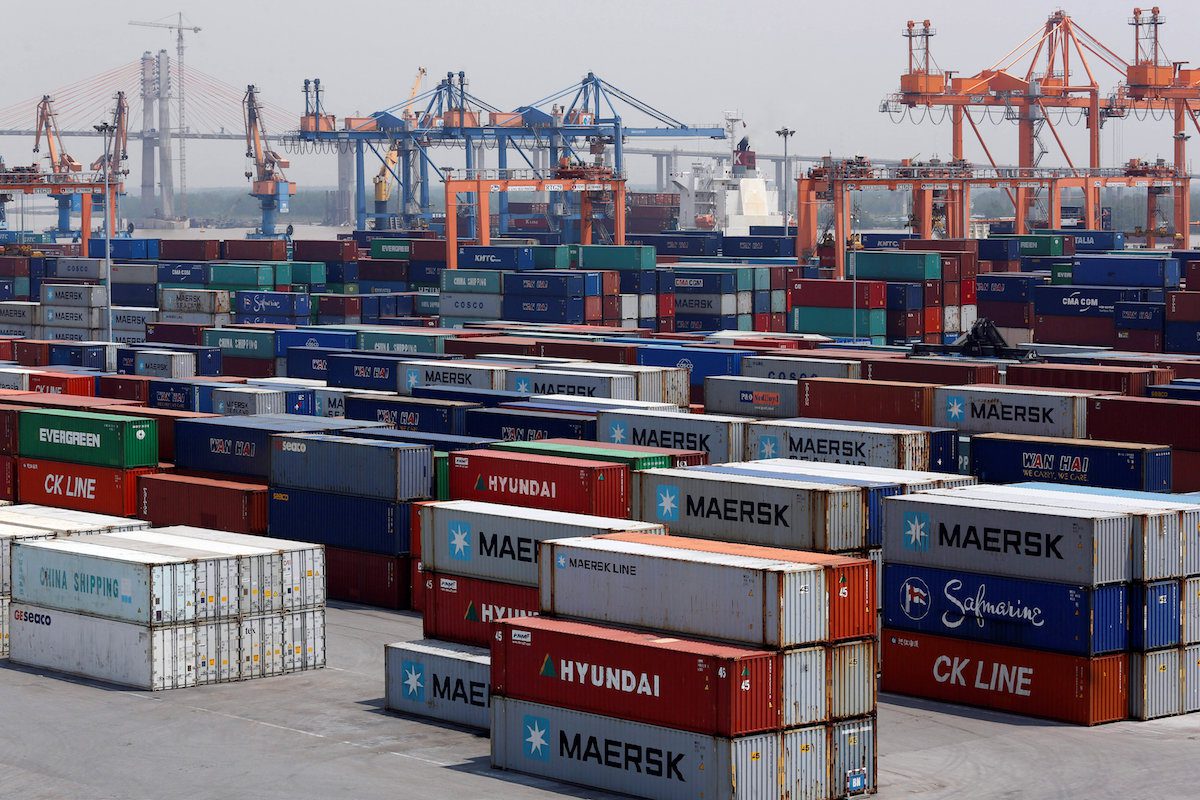By Arathy Somasekhar and Muyu Xu
HOUSTON, Feb 6 (Reuters) – U.S. crude oil exports to Asia tumbled to 1 million barrels per day in January, the lowest in over two years as high freight rates and more competitively-priced Middle Eastern oils slashed shipments.
A surge in supertanker freight rates made it expensive to ship to Asia at the start of the month, particularly to China.
Exports to China, the world’s largest crude importer, fell to 190,000 bpd, the lowest in 13 months. Volumes to South Korea held steady at 494,000 bpd, according to data from ship tracking service Kpler.
Overall, U.S. oil exports fell to 3.8 million barrels per day, the lowest in a year. January typically sees weaker exports as onshore inventories rebuild after a seasonal outflow in December.
Some of the oil traditionally flowing to Asia went to Europe, where its share of January exports rose to 55%, the highest on record. The Netherlands snapped up a record 614,000 bpd, followed by the United Kingdom and Spain.
Asia’s share fell to 27% last month, the lowest since December 2016.
The Red Sea turmoil has not reduced U.S. imports of Middle East crude, the data showed, with much of those shipments landing on the U.S. West Coast via the Pacific Ocean.
Volumes from Saudi Arabia to the U.S. Gulf Coast and East Coast were steady as the oil moves on very large crude tankers that round Africa’s Cape of Good Hope, rather than take the Red Sea route.
Re-rerouting has bolstered U.S. arrivals of Kazakhstan’s CPC Blend crude, which gained 8,000 bpd in January compared to the three month moving average.
Research firm Energy Aspects said it expects U.S. exports in February to increase to 4.4 million barrels per day as prices of U.S. light sweet crude were competitive versus North Sea and West African grades.
Exports to Asia, however, will likely remain tepid as the cost for U.S. West Texas Intermediate crude arriving in May remains more expensive than Abu Dhabi’s flagship Murban crude, two traders said.
Top oil exporter Saudi Arabia unexpectedly kept the March price of its flagship Arab Light crude to Asia unchanged at a more than two-year low on Tuesday.
Market participants expect other Middle East oil producers to follow suit, adding pressure on U.S. crude prices this month.
(Reporting by Arathy Somasekhar in Houston and Muyu Xu in Singapore; Ediitng by Emelia Sithole-Matarise)
(c) Copyright Thomson Reuters 2024.

 Join The Club
Join The Club











